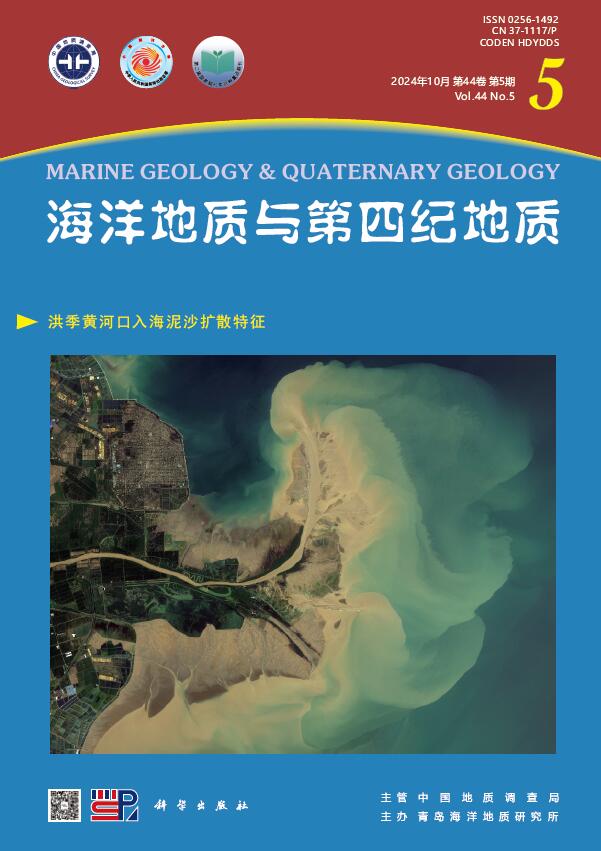C, N STABLE ISOTOPE RECORDS OF ENVIRONMENTAL CHANGES IN BOSTEN LAKE DURING THE PAST 200 YEARS: C, N STABLE ISOTOPE RECORDS OF ENVIRONMENTAL CHANGES IN BOSTEN LAKE DURING THE PAST 200 YEARS
引用次数: 1
Abstract
Two sediment cores were recovered from the Bosten Lake in order to investigate the changes in both the lake system and source of organic materials during the last 200 years.Based on 210Pb/137Cs chronology,stable isotopes of organic carbon and nitrogen as well as Loss on Ignition(LOI),grain size and magnetic susceptibility(MS) were analyzed.The results indicate that the agricultural activities in the catchment of the Bosten Lake have much earlier influence in the lake center rather than in the river mouth.Due to the general increase in regional humidity during 1810—1883 AD,δ13Corg declined rapidly in the core BST16,while abrupt increases in δ15N were found as more terrestrial material could reach the lake center.After the establishment of Xinjiang Province in 1884 AD,intensified agricultural activities have led to marked decrease in the medium grain size,and relatively higher δ13Corg and lower δ15N in the core BST16.Since 1950 AD,large scale agricultural activities have led to the rapid decrease in δ13Corg and increase in δ15N,indicating a general increase in the trophic level.Further decrease in δ15N together with the increasing δ13Corg after the 1990's indicates that nitrogen fixation by algae began to dominate the lake primary productivities.C, n稳定同位素记录了过去200年博斯腾湖的环境变化:C, n稳定同位素记录了过去200年博斯腾湖的环境变化
为了研究近200年来博斯腾湖湖泊系统和有机质来源的变化,我们从博斯腾湖恢复了两个沉积物岩心。基于210Pb/137Cs年代学,分析了有机碳和氮的稳定同位素、燃失量(LOI)、晶粒尺寸和磁化率(MS)。结果表明,博斯腾湖流域的农业活动对湖中心的影响要早于对河口的影响。1810-1883年,由于区域湿度的普遍增加,BST16核心的δ13Corg迅速下降,而δ15N则随着更多陆源物质到达湖中心而急剧增加。1884年新疆省建立后,随着农业活动的加剧,中粒明显减小,核心BST16 δ13Corg相对较高,δ15N相对较低。自1950年以来,大规模农业活动导致δ13Corg迅速下降,δ15N迅速增加,表明营养水平普遍上升。20世纪90年代以后,δ15N的进一步下降和δ13Corg的增加表明藻类固氮开始主导湖泊初级生产力。
本文章由计算机程序翻译,如有差异,请以英文原文为准。
求助全文
约1分钟内获得全文
求助全文
来源期刊
CiteScore
0.10
自引率
0.00%
发文量
4176
期刊介绍:
Marine Geology and Quaternary Geology launched in 1981 is a bimonthly academic journal sponsored by Qingdao Institute of Marine Geology, China Geological Survey, and published by the Science Press, China.The journal aims to publish original, cutting-edge, and explorative scientific results in the field of marine geology and sea-land Quaternary geology. The journal focus on reporting the latest research achievements supported by National Natural Science Foundation Project, National Key Project and International Cooperation Project, with priority to the results in China seas, global ocean and three poles, and the comparative study results between offshore and land, regional and global scientific issues.

 求助内容:
求助内容: 应助结果提醒方式:
应助结果提醒方式:


